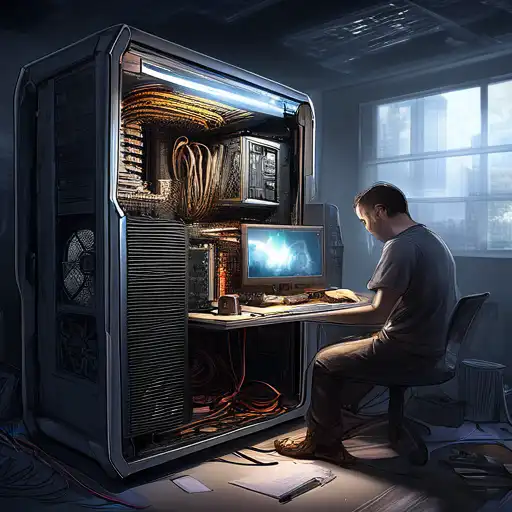Introduction to PC Building
Building your own PC can be a rewarding experience, offering not only a sense of accomplishment but also the opportunity to customize your machine to your exact needs. Whether you're a gamer, a content creator, or just someone who wants a powerful workstation, this guide will walk you through the basics of assembling your own computer.
Why Build Your Own PC?
Building your own PC allows for customization that pre-built systems can't match. You can choose every component, ensuring that your computer meets your specific requirements and budget. Plus, it's often more cost-effective than buying a pre-assembled machine.
Essential Components for Building a PC
Before you start, you'll need to gather all the necessary components. Here's a list of the essential parts:
- Processor (CPU): The brain of your computer.
- Motherboard: The foundation that connects all components.
- Memory (RAM): Temporary storage for your computer's operations.
- Storage (SSD/HDD): Where your data is stored.
- Power Supply Unit (PSU): Powers all components.
- Case: Houses all the parts.
- Graphics Card (GPU): Essential for gaming and video editing.
Choosing the Right Components
Selecting the right components is crucial for building a PC that meets your needs. Consider your budget and what you'll be using the computer for. For gaming, invest in a powerful GPU. For general use, a mid-range CPU and sufficient RAM should suffice.
Step-by-Step Guide to Building Your PC
Now that you have all your components, it's time to start building. Follow these steps:
- Prepare your workspace and ensure you have all necessary tools.
- Install the CPU onto the motherboard carefully.
- Add the RAM to the motherboard's RAM slots.
- Mount the motherboard inside the case.
- Install the storage drives (SSD/HDD).
- Insert the GPU into the appropriate slot on the motherboard.
- Connect the PSU and route cables neatly.
- Close the case and connect peripherals.
Installing the Operating System
Once your PC is assembled, you'll need to install an operating system (OS). Windows and Linux are popular choices. Follow the OS installation guide to complete your setup.
Final Thoughts
Building a PC is a fun and educational project that can save you money and give you a machine tailored to your needs. With this guide, you're well on your way to assembling your first computer. Remember to take your time and double-check all connections before powering on your new PC.
For more tips on optimizing your PC's performance, check out our guide on PC optimization.
